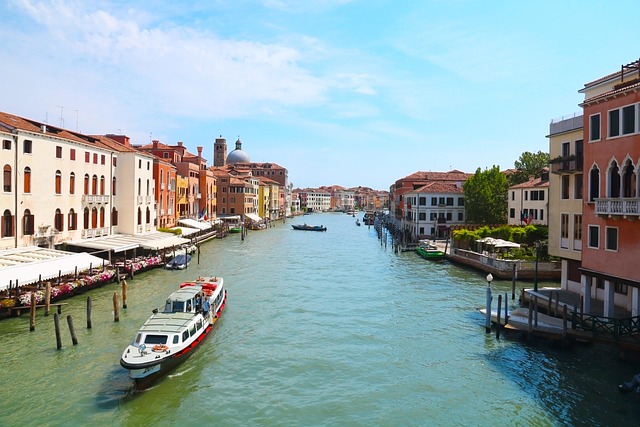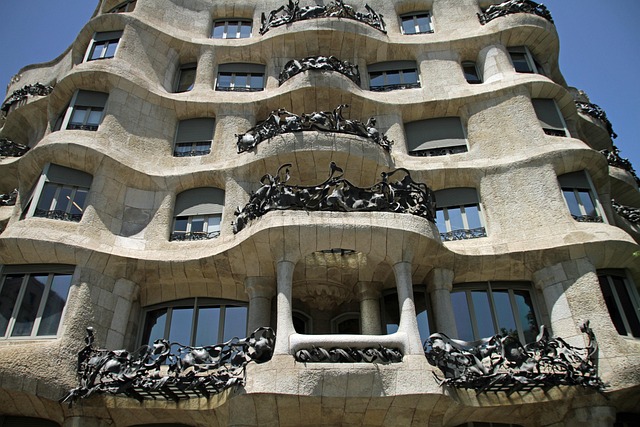Industrial parks, strategic hubs designed with prime infrastructure and business-friendly environments, drive economic growth by attracting investment and fostering innovation. They enhance local markets, boost tax revenues, and stimulate sustainable urban development through cluster development, knowledge sharing, and technology transfer. As valuable real estate assets, these parks significantly impact job creation, local business development, and the surrounding market, ensuring a cycle of economic prosperity.
Industrial parks have emerged as powerful engines of economic growth, playing a pivotal role in shaping local economies. This article delves into the multifaceted impact of these specialized zones, examining how they drive job creation, foster skill development, and stimulate regional prosperity. From strategic real estate considerations to the adoption of sustainable practices, we explore the key factors driving industrial park expansion and their significance for future economic prospects, particularly in the context of evolving technological advancements.
The Role of Industrial Parks in Economic Development

Industrial parks play a pivotal role in economic development, serving as catalysts for growth and innovation. These specialized areas are meticulously designed to accommodate various industries, offering an array of benefits that contribute to both regional and national economies. By providing infrastructure, utilities, and a business-friendly environment, industrial parks attract investment and foster the establishment of new enterprises. The strategic planning behind these parks ensures efficient land utilization, making them attractive for businesses seeking prime real estate.
Moreover, industrial parks facilitate collaboration and cluster development, where related industries can flourish close to one another. This proximity encourages knowledge sharing, technology transfer, and supply chain optimization, creating a vibrant ecosystem that drives economic prosperity. The positive impact extends beyond job creation; these parks stimulate local markets, enhance tax revenues, and contribute to sustainable urban development, making them invaluable assets for any region’s economic strategy.
– Exploring the impact on local economies

Industrial parks have become pivotal in driving economic growth, particularly at the local level. When established strategically, these areas can significantly boost the real estate market of surrounding regions. Businesses are attracted to industrial parks for their infrastructure, proximity to transportation networks, and access to labor, all of which contribute to increased investment and job creation. The influx of industries can lead to a ripple effect, stimulating the growth of ancillary services and local businesses, thereby strengthening the overall economy.
Moreover, the development of industrial parks often results in improved infrastructure, including better road connectivity, enhanced utility services, and modern logistics facilities. These upgrades not only benefit existing industries but also make the area more attractive for future investments, fostering a sustainable cycle of economic prosperity.
– Job creation and skill development

Industrial parks are not just hubs for manufacturing; they serve as powerful engines for job creation and economic growth. The development of these areas often leads to a significant increase in employment opportunities, catering to various skill sets required by the industries housed within them. From blue-collar workers to highly skilled professionals, these parks offer a diverse range of careers, fostering local talent and attracting skilled labor from other regions.
The real estate aspect plays a crucial role here, as the strategic location and infrastructure development of industrial parks encourage businesses to establish their operations. This influx of industries not only boosts the local economy but also creates a demand for specialized training and skill enhancement programs. As a result, educational institutions and training centers often collaborate with these parks to design programs aligned with industry needs, ensuring a skilled workforce ready to contribute to the thriving economic landscape.






